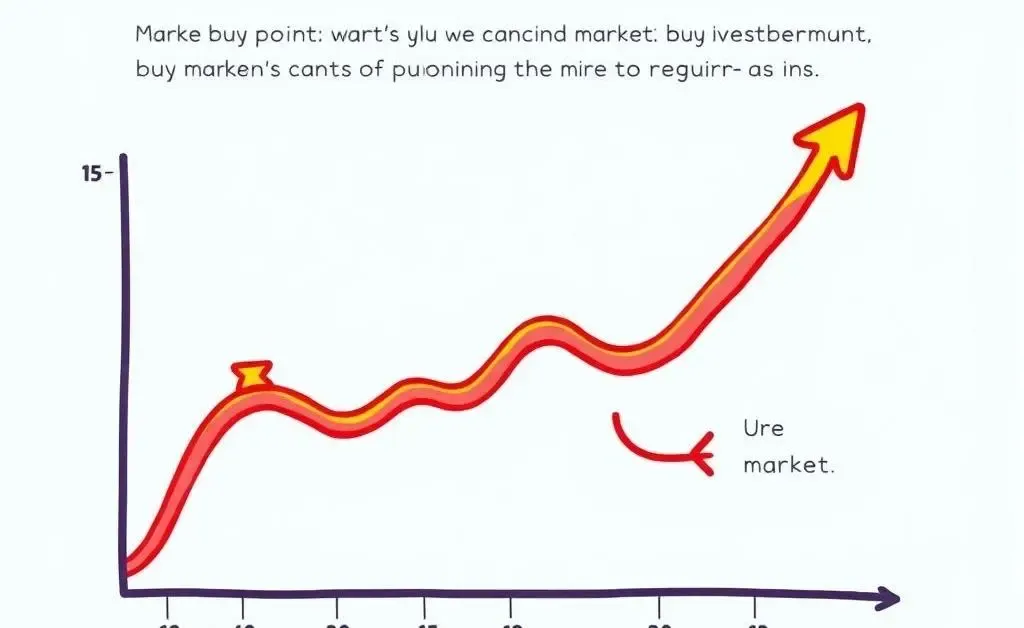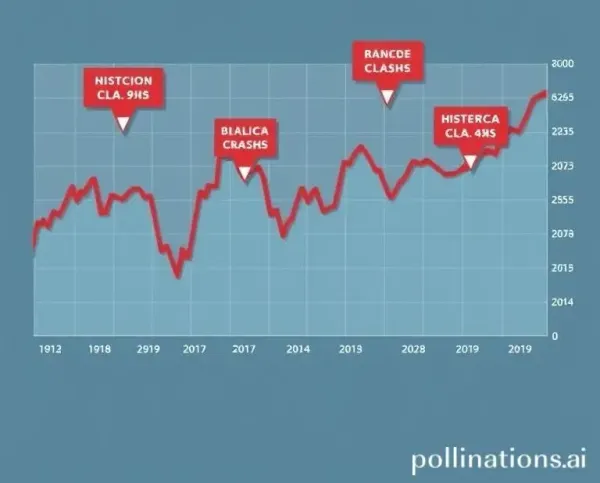Demystifying ETF Investing: A Simple Guide to Long-Term Success
Discover practical strategies for ETF investing and make your money grow over time.

Have you ever wondered if there’s a stress-free way to grow your savings over time? The world of investing can feel like a big, scary place, but it doesn't have to be. One way people are making their money work for them is through ETF investing using the dollar-cost averaging strategy.
What Are ETFs?
ETFs, or exchange-traded funds, are kind of like a big basket that holds different investments such as stocks, bonds, or other securities. They are traded on stock exchanges, just like individual stocks, and offer diversification in a single purchase.
Why Use Dollar-Cost Averaging?
Imagine it like this: you’ve decided to start a flower garden. Instead of buying all your seeds at once, you spread purchases over the planting season. This way, if seed prices drop, you get them cheaper, and if they rise, you have already secured some at a lower cost. That's essentially dollar-cost averaging in the world of finance.

By investing the same amount of money at regular intervals, you reduce the impact of market fluctuations. This can be particularly comforting for new investors worried about timing their investments perfectly.
The Secret to Long-Term Growth
An ETF strategy, particularly with dollar-cost averaging, requires patience. Think of it like a journey. One savvy investor I know started small, putting away just $100 every month into ETFs that track the overall stock market. Over time, the market’s natural upward trend helped her investments grow steadily.

She's able to look past the daily ups and downs because she knows she’s in it for the long haul. Her focus is on the destination, not the bumps along the road.
Keep it Simple and Consistent
The key here is simplicity and consistency. Choose ETFs that represent broad market indexes, set up automatic contributions, and double-check your investment with a credible source occasionally. Consistency can often trump the complicated strategies that require constant adjustments.
- Start small and gradually increase your investment as you become more comfortable.
- Automate your contributions to ensure consistency.
- Every few months, take some time to review your portfolio and make minor adjustments if needed.

With these tools in hand, you might find a peace of mind in your investing journey. Remember, the goal is to build wealth over time, not overnight. So what's the next step you’re considering on your financial journey?




